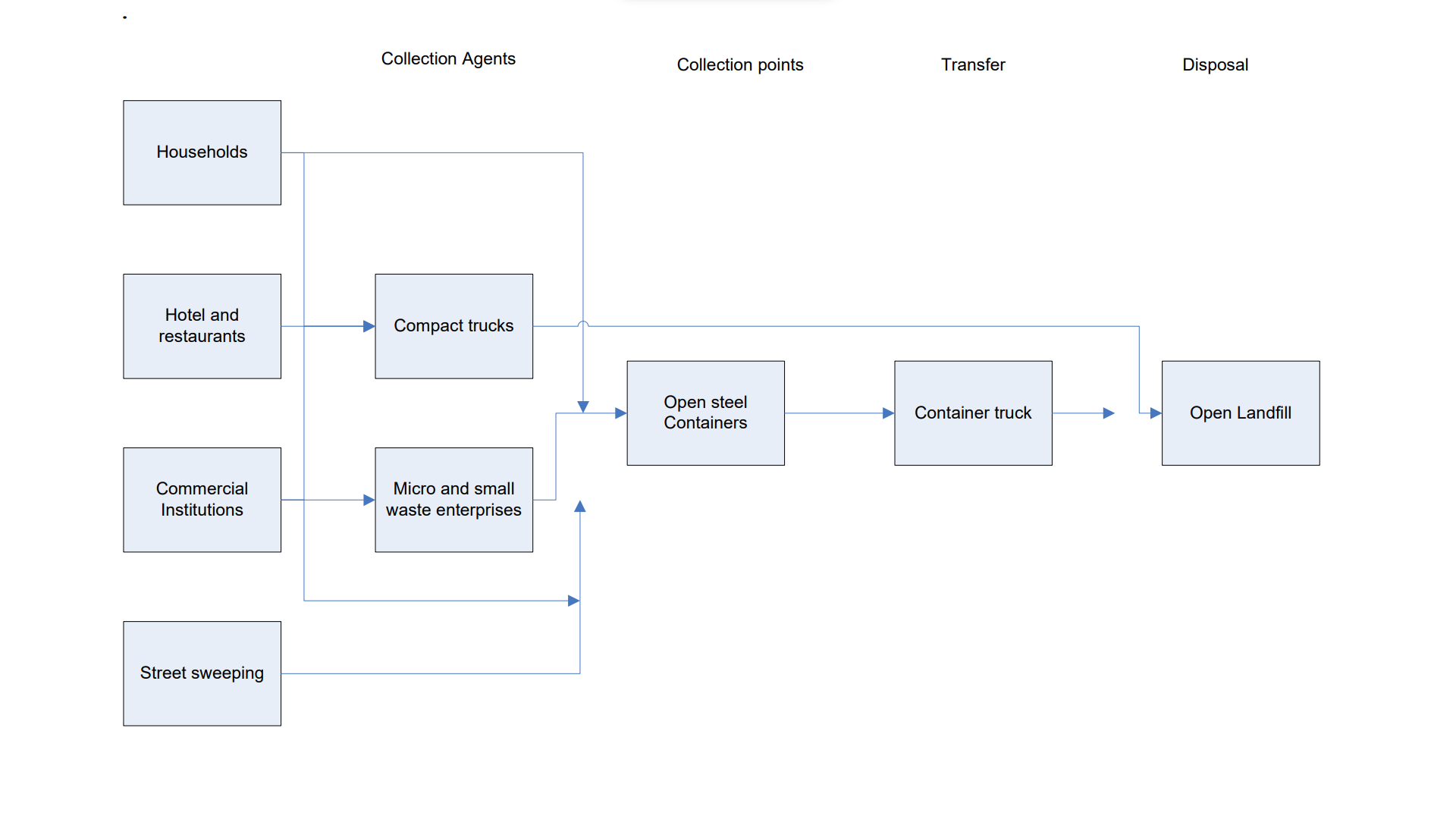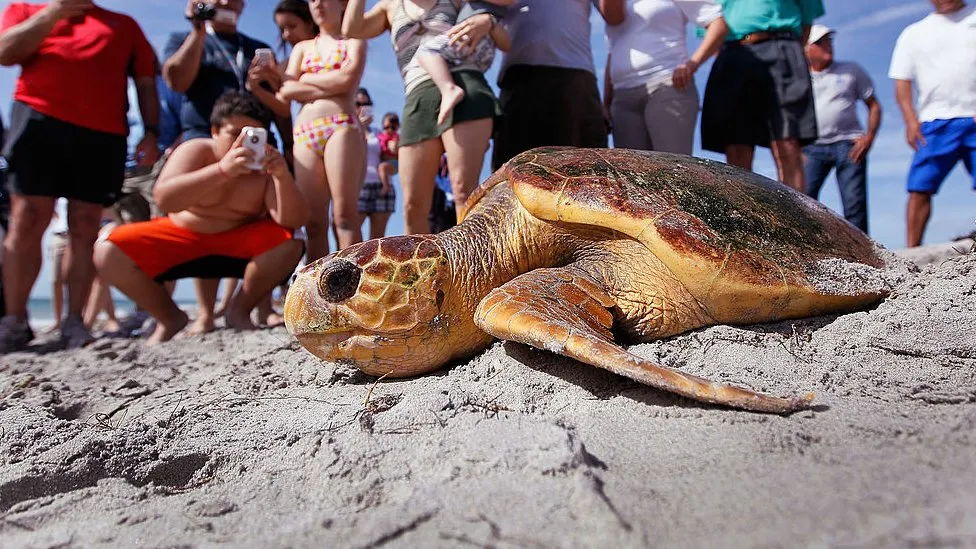There are 21,000 pieces of plastic in the ocean for each person on Earth

Humans have filled the world’s oceans with more than 170 trillion pieces of plastic, dramatically more than previously estimated,
The trillions of plastic particles — a “plastic smog,” in the words of the researchers — weigh roughly 2.4 million metric tons and are doubling about every six years,
according to the study conducted by a team of international researchers led by Marcus Eriksen of the 5 Gyres Institute, based in Santa Monica, California. That is more than 21,000 pieces of plastic for each of the Earth’s 8 billion residents. Most pieces are very small.
The study, which was published in the PLOS One journal, draws on nearly 12,000 samples collected across 40 years of research in all the world’s major ocean basins. Starting in 2004, researchers observed a major rise in the material, which they say coincided with an explosion in plastics production.

The data includes samples from the world’s five major gyres, or current systems, which sweep particles from inhabited areas to create large collections of refuse. The best known of these is the Great Pacific Garbage Patch, where plastics float slightly below the surface.
In looking at samples, the researchers concentrated on the North Atlantic and North Pacific ocean basins, partly because they have been studied more frequently over the decades and are where greater concentrations of the world’s population lives. But high concentrations of plastics were found everywhere.
Global negotiators hope to complete the plastics treaty by 2024. It would regulate all aspects of the life cycle of plastic, including the kinds of chemicals that go into it and whether it’s easily recyclable. Anti-pollution campaigners say it is far easier to deal with plastic before it enters waterways than it is to clean it up afterward.
Plastic waste often begins in homes and offices as a conveniece, discarded irresponsibly or entering the waste stream.Waste is collected, transported to landfills, and deposited. In landfills, plastic may take hundreds of years to decompose, releasing harmful chemicals into the soil and potentially affecting groundwater. Proper waste management and recycling are essential to reduce these environmental impacts.






